Prevent your HVAC system from suffering major malfunctions when you need it the most. Understanding the importance and need for HVAC inspections will help you detect potential problems and prevent them.
homeandgardeningguide.com assembled information about what an HVAC inspection is, how much one costs, how long it takes, and what information can be found on an inspection checklist.
What Is an HVAC Inspection
A Heating, Ventilation, and Air Conditioning (HVAC) system inspection is a complete examination and testing of your home’s heating, cooling, and air quality components. During an HVAC inspection, the unit’s basic functions are checked. Sometimes, HVAC systems (heat pumps, furnaces, air conditioners) can function and appear to operate normally, even while the system is suffering significant malfunctions.
What Is Involved in an HVAC Inspection?
Once you have an HVAC inspection scheduled, here’s what to do and expect:
- Make sure all HVAC components are accessible (free from obstructions)
- Make a list of your concerns, sounds, odors, and irregularities you’ve noticed
- Your technician will eliminate safety hazards by checking that all of your HVAC system parts are clean and in good working order
- Built-in safety components will also be checked
- Your vents or flues will be checked to make sure they are clean, undamaged, free from obstructions, and vented properly to the outdoors
- HVAC ducts will be checked for dirt and dust buildup.
The objective of HVAC inspections is to ensure home safety and determine whether your HVAC system is meeting your current home’s comfort requirements. An HVAC inspection identifies areas where cleaning, repairs, or replacement will increase efficiencies, benefiting your home in terms of overall heating and cooling. Cleaning, lubrication, and minor repairs are typically all that’s required to keep your HVAC system operating at its peak performance.
Your technician will also relay issues to you such as wear and tear or improperly-sized appliances for you to consider options, like an eventual system replacement.
Note: in most cases, a simple cleaning or bit of maintenance can be performed on the day of the inspection. However, larger, more intricate jobs might require subsequent appointments.
How Long Does an HVAC Inspection Take?
One and a half to two hours is the average time it takes to inspect a one to three-zone heating and cooling system in a residential structure. This time may increase or decrease depending on the size of the home and the number of components making up the HVAC system.
Note: HVAC inspection times will also increase or decrease depending on the technician’s experience and familiarity with your HVAC system.
How Much Does an HVAC Inspection Cost?
For a home with 1,000 sq ft. or less, you could pay as little as $200 for an HVAC inspection. The larger the house or, the more extensive the HVAC system is, the more you can expect to pay for this service, ranging upwards of $600. Cleaning and minor repairs may be charged separately.
Tip: Prices and minimum charges vary between HVAC contractors. Check their inspection charges and any associated fees or potential add-ons before agreeing to any services.
HVAC Inspection Checklist
A comprehensive HVAC inspection checklist will consist of the following:
Air Conditioner and Heat Pump
|
Inspection Item |
P |
F |
|
Inspection Item |
P |
F |
|
Outdoor AC Condenser Unit |
|
|
|
Indoor Coil |
|
|
|
Refrigerant Lines and Leaks |
|
|
|
Condensate Drain Pan |
|
|
|
Condensate Drain Line |
|
|
|
Unit Wiring |
|
|
|
System Control Unit |
|
|
|
Blower Assembly |
|
|
|
Thermostat Operation/Programming |
|
|
|
Suction and Discharge Pressure |
|
|
|
Supply and Return Air Static Pressure |
|
|
|
Safety Controls |
|
|
|
Electrical Components |
|
|
|
Temperature Drop (Rise for Heat Pump) |
|
|
|
Motor Amps/Unit Voltage |
|
|
|
Blower Speed |
|
|
|
System Operation |
|
|
|
Clean/Replace Filters |
|
|
Mini Split Inspection (Ductless)
|
Indoor Inspection Item |
P |
F |
|
Outdoor Inspection Item |
P |
F |
|
Clean/Replace Filters |
|
|
|
Inspect and clean condensing unit |
|
|
|
Inspect/Change Batteries in Remote |
|
|
|
Inspect the Indoor Coil |
|
|
|
Inspect/Clean Blower Wheel |
|
|
|
Refrigerant Leaks |
|
|
|
Inspect/Clean Condensate Line |
|
|
|
Flare Connections/Refrigerant Lines |
|
|
|
Inspect/Clean Indoor Housing |
|
|
|
Wiring and Control Unit |
|
|
|
Inspect/Clean Indoor Coil |
|
|
|
Electrical Components |
|
|
|
Confirm Condensate Pump Operation |
|
|
|
Blower Wheel |
|
|
|
Confirm Equipment Voltage and Communication |
|
|
|
Confirm Equipment Voltage and Communication |
|
|
|
Flush Drain Line |
|
|
|
Inspect Equipment and Safety Controls |
|
|
|
Flare Connections/Refrigerant Lines |
|
|
|
Inspect/Clean Fan Blade |
|
|
|
System Operation |
|
|
|
System Operation |
|
|
Electric Furnace Inspection
|
Inspection Item |
P |
F |
|
Inspection Item |
P |
F |
|
Limit Switches |
|
|
|
Fuses |
|
|
|
Sequencers |
|
|
|
Heat Strip Amp Draw |
|
|
|
Heat Strip Continuity |
|
|
|
Blower Motor Amps |
|
|
|
Low Voltage Wiring |
|
|
|
Line Voltage Wiring |
|
|
|
Electronic Air Cleaner |
|
|
|
Clean/Replace Media Filter |
|
|
|
System Operation |
|
|
|
Thermostat Operation/Programming |
|
|
Gas Furnace Inspection
|
Inspection Item |
P |
F |
|
Inspection Item |
P |
F |
|
Wiring and Control Circuit |
|
|
|
Temperature Rise |
|
|
|
Blower Assembly |
|
|
|
Flue Temperature and Draft |
|
|
|
Heat Exchanger |
|
|
|
Motor Amps |
|
|
|
Fuel and Air Mixture |
|
|
|
Clean Control Panels and Burners |
|
|
|
Venting and Combustion |
|
|
|
Supply and Return Air Static Pressure |
|
|
|
Flame Rectification and Sensor |
|
|
|
Voltage to Furnace Equipment |
|
|
|
Intake and Outlet Gas Pressure |
|
|
|
Test/Measure Carbon Monoxide Levels |
|
|
|
Gas Leaks |
|
|
|
Thermostat Operation/Programming |
|
|
|
Safety Controls/Devices |
|
|
|
Electronic Air Cleaner |
|
|
|
Electrical Components |
|
|
|
System Operation |
|
|
Note: For any HVAC system inspection, you should be provided with a written diagnostic report of the technician’s findings.
How Often Should HVAC Be Inspected
Annually. To remain in optimal performance, your HVAC system (central AC and/or furnace) should be serviced once per year.
Consider servicing your HVAC system once every 6 months for regions with severe cold weather requiring near-continuous heating or those with severe hot weather requiring near-continuous cooling.
HVAC Inspection
In this article, you discovered information about HVAC inspections, what you can expect to pay, how long they take, and what information can be found on the inspection checklists.
Having your HVAC system inspected annually or bi-annually will help you keep your system functioning flawlessly while detecting potential problems well in advance.
Ignoring HVAC system inspections can lead to costly system failures, electrical problems, and gas leaks with potentially catastrophic results.
Sources:
florida-academy.edu/schedule-hvac-inspection/
ndsu.edu/vpfa_apps/safety/Clientweb/Files/IAQ%20Building%20Guide/hvacshrt.pdf
epa.gov/sites/production/files/2014-08/documents/hvaclong.pdf
Visit homeandgardeningguide.com/repairs/heating-cooling/ for more heating and cooling articles, resources and tips.
The post HVAC Inspection – What Is It, Its Cost, and How Long it Takes appeared first on http://www.homeandgardeningguide.com
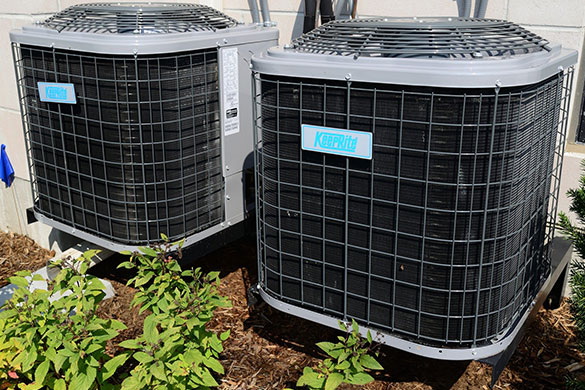

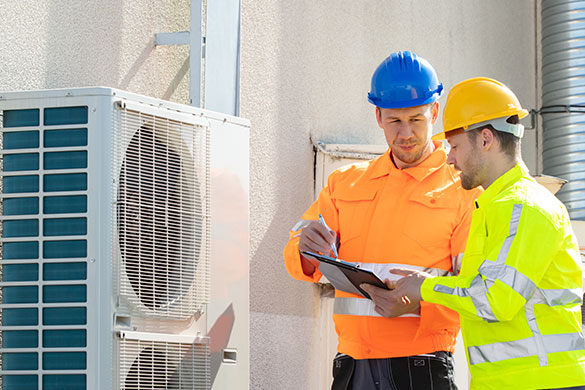
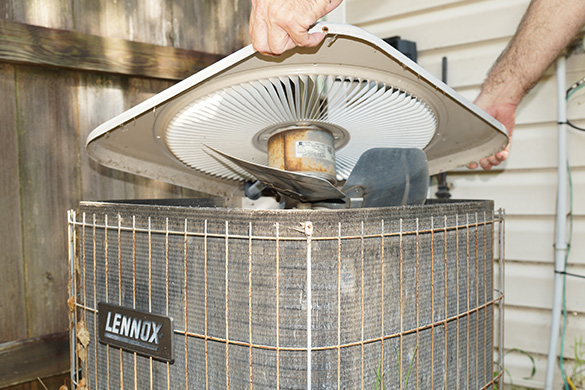
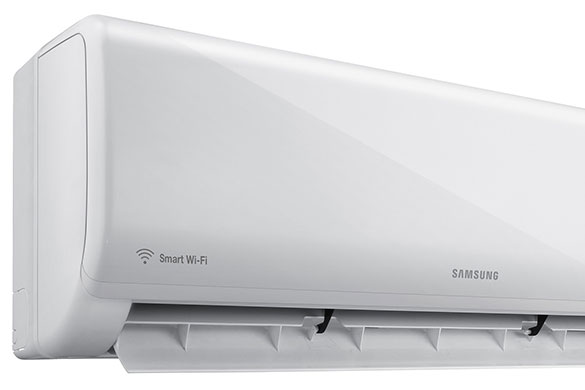
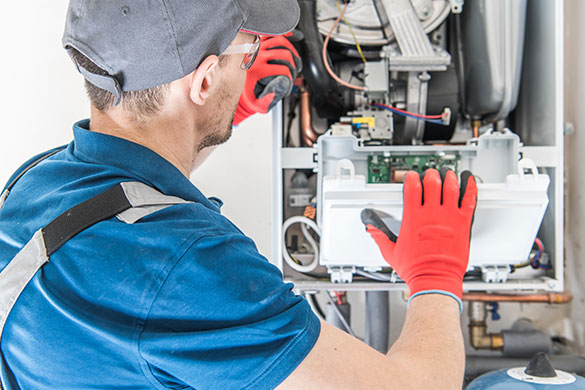
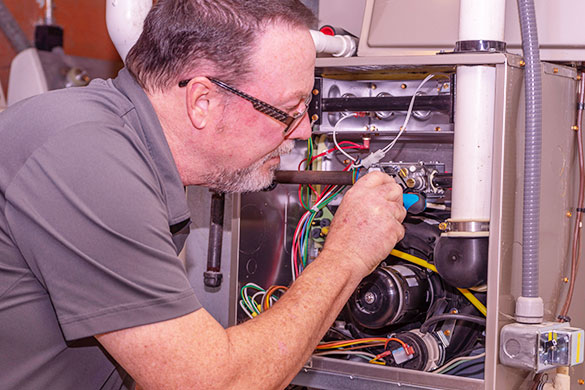
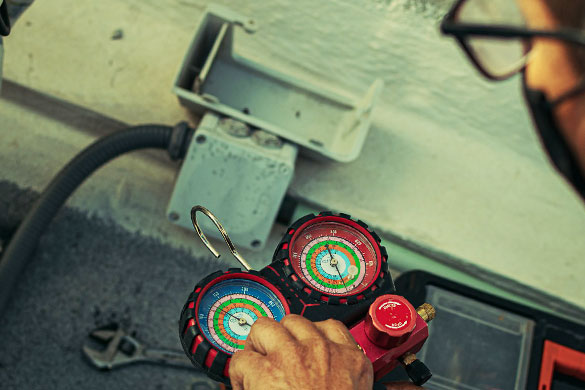
No comments:
Post a Comment